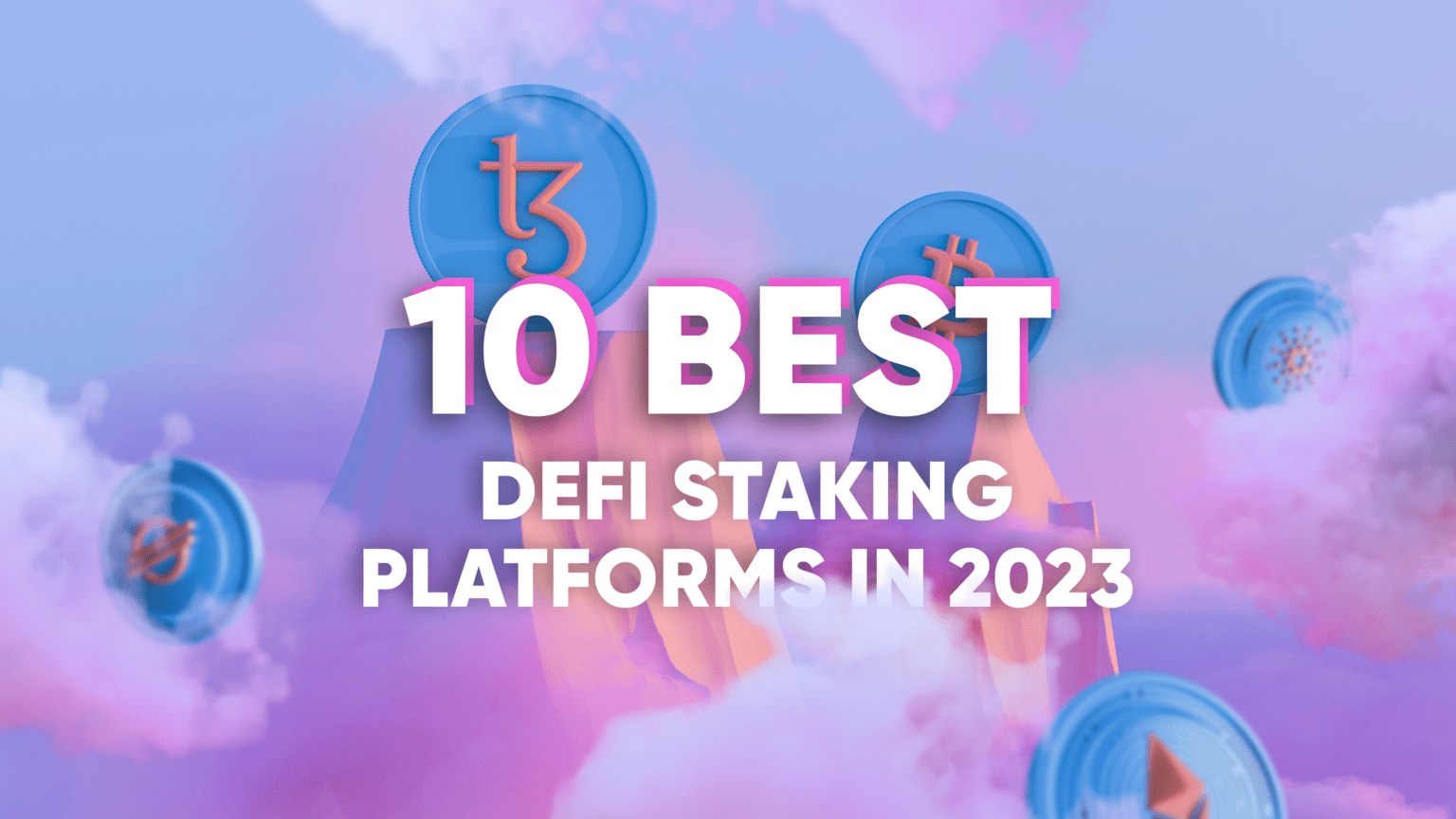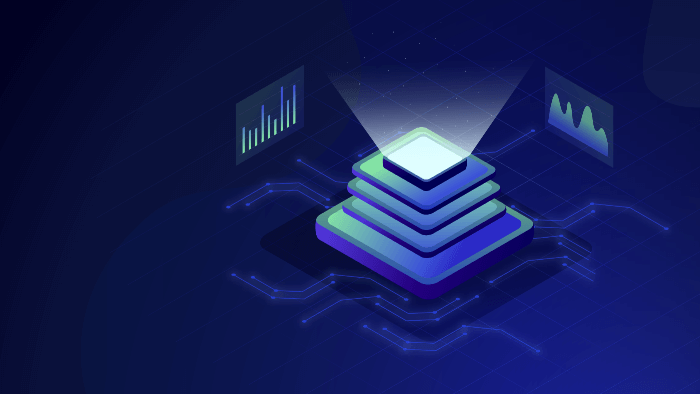
James Carter
Exploring DeFi Platforms: The Rise of Decentralized Finance

Decentralized Finance (DeFi) has emerged as a revolutionary concept that challenges traditional financial systems by leveraging blockchain technology. In this article, we will delve into the world of DeFi platforms, exploring their components, benefits, risks, real-world applications, and future outlook. Also by understanding the fundamental aspects of DeFi, readers will gain valuable insights into this rapidly growing field.
Understanding DeFi Platforms
Definition of Decentralized Finance: DeFi refers to a new paradigm that aims to recreate traditional financial systems in a decentralized manner using blockchain and smart contract technology. It encompasses various applications such as lending and borrowing, decentralized exchanges, stablecoins, and more.
Differentiating DeFi from Traditional Financial Systems: Unlike traditional finance, DeFi platforms are built on open, permissionless networks, allowing anyone with an internet connection to participate. Additionally, DeFi eliminates the need for intermediaries, enabling peer-to-peer transactions, reducing costs, and increasing efficiency.

Key Characteristics of DeFi Platforms:
Transparency: DeFi platforms provide public visibility of transactions and smart contract code, ensuring transparency and trust.
Security: Smart contracts are used to automate processes and execute transactions securely without relying on centralized authorities.
Interoperability: DeFi protocols are designed to be interoperable, allowing different platforms to communicate and integrate with one another.
Accessibility: DeFi platforms offer financial services to individuals who are unbanked or underbanked, promoting financial inclusion.
Components of DeFi Platforms
Smart Contracts:
Smart contracts are self-executing contracts coded on blockchain networks that automatically enforce predefined rules. In DeFi, smart contracts facilitate various functionalities, such as lending, borrowing, and decentralized exchanges. However, it’s important to note the potential risks and vulnerabilities associated with smart contracts.
Decentralized Applications (DApps):
DApps are also user-friendly applications built on top of blockchain networks, providing access to DeFi services. They offer a familiar interface for users to interact with the underlying protocols, making DeFi more accessible and intuitive.
Decentralized Exchanges (DEXs):
DEXs enable also peer-to-peer trading of digital assets without intermediaries. They leverage smart contracts to match buy and sell orders, allowing users to trade directly from their wallets. Liquidity pools and automated market makers (AMMs) are integral components of DEXs, ensuring sufficient liquidity for trading.
Lending and Borrowing Platforms:
DeFi lending platforms also enable individuals to lend their digital assets and earn interest or borrow assets against collateral. These platforms utilize smart contracts to automate lending and borrowing processes, enabling efficient and transparent transactions. Additionally, yield farming and liquidity mining have gained popularity, allowing users to earn additional rewards by providing liquidity to decentralized protocols.
Stablecoins and Decentralized Stablecoin Protocols:
Stablecoins are cryptocurrencies designed to maintain a stable value, typically pegged to a fiat currency or a basket of assets. Decentralized stablecoin protocols provide mechanisms to mint, burn, and stabilize stablecoins, offering stability and liquidity within the DeFi ecosystem.
Benefits and Risks of DeFi Platforms
Benefits of DeFi Platforms:
Financial Inclusivity: Additionally DeFi platforms remove barriers to financial services, allowing individuals worldwide to access banking, lending, and investment opportunities.
Enhanced Security and Privacy: Blockchain-based DeFi platforms provide increased security through decentralized consensus mechanisms, reducing the risk of fraud and hacks. Moreover, user privacy can be protected as personal information is not required to access DeFi services.
Lower Fees and Faster Transactions: By eliminating intermediaries, DeFi platforms reduce transaction costs and processing times, providing a more cost-effective and efficient financial ecosystem.
Risks and Challenges of DeFi Platforms:
Smart Contract Vulnerabilities: While smart contracts offer automation and security, they are susceptible to coding errors and vulnerabilities that can be exploited by malicious actors. Thorough code audits and security practices are crucial to mitigate such risks.
Regulatory Uncertainties and Compliance: DeFi operates in a rapidly evolving regulatory landscape. Compliance with existing financial regulations and the potential introduction of new regulations pose challenges for DeFi platforms, impacting their growth and adoption.
Liquidity Risks and Market Volatility: DeFi platforms also heavily rely on liquidity to function effectively. Sudden market downturns, lack of liquidity, or the presence of flash loan attacks can impact the stability of DeFi protocols and lead to losses for users.
Real-World Applications of DeFi Platforms
Decentralized Lending and Borrowing:
DeFi lending platforms allow users to lend their assets and earn interest, while borrowers can access capital by providing collateral. This opens up opportunities for individuals and businesses to access loans without traditional intermediaries, promoting financial inclusion and enabling global lending.
Asset Management and Tokenization:
DeFi enables the tokenization of real-world assets such as real estate, art, and intellectual property. This allows fractional ownership, increased liquidity, and efficient trading of traditionally illiquid assets. Asset management platforms facilitate diversified investments and portfolio management, offering users more control and flexibility.
Insurance and Risk Management:
DeFi introduces innovative approaches to insurance and also risk management through decentralized insurance protocols. These platforms leverage smart contracts to automate claim settlements, reduce costs, and provide coverage for various risks, including smart contract failures and hacks.
WATCH VIDEO BELOW
Adoption and Integration with Traditional Finance
Partnerships and Collaborations with Traditional Financial Institutions:
As DeFi gains traction, traditional financial institutions are also recognizing its potential. Partnerships and collaborations between DeFi platforms and traditional institutions facilitate the integration of DeFi services into existing financial systems, providing users with hybrid solutions that combine the best of both worlds.
DeFi Integrations in Existing Financial Systems:
Additionally financial institutions are exploring ways to incorporate DeFi capabilities into their operations. This includes leveraging DeFi for cross-border payments, trade finance, and supply chain financing. Such integrations can streamline processes, reduce costs, and enhance transparency in traditional finance.
Future Outlook of DeFi Platforms
Potential Growth and Expansion of DeFi:
The DeFi ecosystem is also experiencing rapid growth, with new protocols, applications, and user adoption increasing exponentially. As scalability solutions improve and regulatory frameworks mature, DeFi has the potential to disrupt traditional finance on a larger scale.
Technological Advancements and Scalability Challenges:
DeFi platforms face scalability challenges, primarily due to the limitations of existing blockchain networks. However, Layer 2 solutions, such as sidechains and rollups, and the development of scalable blockchains are addressing these issues, paving the way for broader adoption and improved user experience.
Regulatory Developments and Their Impact on DeFi:
Regulatory frameworks for DeFi are still evolving, with authorities worldwide grappling with the classification and oversight of decentralized finance. Striking a balance between innovation and consumer protection will shape the future of DeFi, as regulatory clarity can provide a more stable and secure environment for participants.
Summary
DeFi platforms have emerged as a disruptive force in the financial industry, offering a decentralized and inclusive alternative to traditional finance. With smart contracts, DApps, DEXs, lending platforms, and stablecoin protocols, DeFi opens up opportunities for global financial access, transparency, and efficiency. While the benefits are evident, risks such as smart contract vulnerabilities, regulatory uncertainties, and liquidity challenges need to be carefully addressed. The real-world applications of DeFi and its integration with traditional finance demonstrate its potential to transform the financial landscape.
As the DeFi ecosystem continues to evolve, partnerships between DeFi platforms and traditional financial institutions are expected to increase, facilitating the integration of DeFi services into existing financial systems. This collaboration will unlock new possibilities for cross-border payments, trade finance, and asset management, providing users with hybrid solutions that combine the advantages of DeFi with the established infrastructure of traditional finance.
Additionally to ensure the future growth and scalability of DeFi, technological advancements are crucial. Scaling solutions, such as Layer 2 protocols and improved blockchain infrastructure, are being developed to address the scalability challenges faced by DeFi platforms. Also these solutions aim to enhance transaction throughput, reduce fees, and improve user experience, paving the way for mass adoption and wider accessibility.
Latest
DeFi News
09 May 2024
DeFi News
19 Apr 2024
DeFi News
16 Jan 2024
DeFi News
31 Aug 2023
DeFi News
24 Jun 2023
DeFi News
24 Jun 2023













